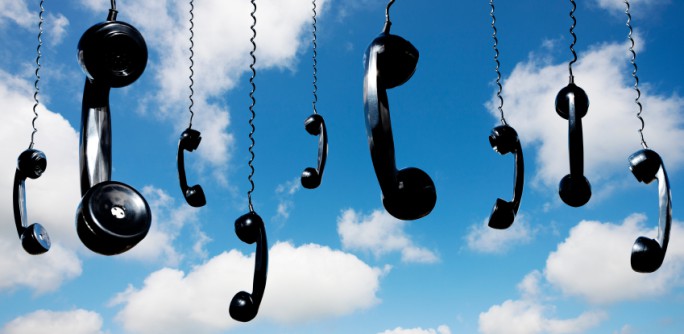Supporting close connections between residents and family members living outside the immediate area has traditionally been a big challenge.
A guest contribution by Sue Ronnenkamp, Corporate Director of Community Life for Wesley Enhanced Living
A primary need for all of us is staying connected in meaningful ways. In a continuing care retirement community environment like Wesley Enhanced Living, we already provide one of the greatest values we can offer to older adults: the opportunity for interpersonal connectedness that uniquely develops in a community of contemporaries.
Additionally, we strive to meet and support this essential need by connecting residents to their life story, to the surrounding community and to their families. Supporting close connections to family living outside the immediate area has traditionally been one of our greatest challenges – especially when they are scattered across states and even continents. Fortunately demand keeps driving the development of new “connecting” technology – things that are providing real help to older adults, as well as those of us who love and want to support them.
Families and Residents
I know this on a very personal level because fulfilling this need and staying connected proposed a real challenge for my family. My parents are both gone now. My dad died at age 93 in 2011 and my mom just recently died in June of this year at age 92. In their honor, I’d like to share the story of how technology (and the “technology friendly” senior living community environments where they lived) came to my family’s rescue and provided benefits beyond our expectations. Additionally, I want to share what I learned that is being put to good use for the residents of Wesley Enhanced Living and their families – lessons that can also help you better support those in your senior living communities.
Staying Connected with Dad
For many years, Mom filled in and compensated for Dad’s hearing loss. She handled most of their outgoing and incoming phone calls. She was the primary communicator with us kids. She was the interpreter for Dad when he didn’t catch the full conversation. Then Mom ended up in rehab for most of one year after several bad falls, followed by a permanent move to a nearby nursing care facility. This left my dad living alone without his very important crutch.
To Dad’s great credit, he really stepped up to the plate and put more effort into communicating with us by phone. No small thing, since this had been our primary mode of connecting after my siblings and I spread out to other states after college. But as Mom’s situation required more frequent communication with the care facility and medical providers, it was getting tougher and tougher to clearly pass on all the details and questions that we needed to discuss with Dad. It’s not that Dad’s mind wasn’t sharp. He remained very much on top of things right up until the time of his death. But he just couldn’t hear well enough to get all the information over the phone – even with a hearing aid and a better phone intended for the hearing impaired.
Forget about Dad learning to use a computer. He had refused getting anywhere near new technology at the end of his career and wasn’t about to start computer classes at age 91 (when this situation arose). But in this day of fast communication, writing a letter and waiting up to 5 days for it to be delivered was NOT a good answer to this problem. That’s when I started looking for other possible solutions.
Presto Printer
The technology that came to our rescue showed up in a magazine ad. It’s called the Presto Printer and is a simple but innovative system that allowed Dad to receive e-mail messages and photos from us via an inkjet printer – without a computer or internet connection.
E-mail delivery could be scheduled for up to five times daily and Presto only delivered messages to Dad from those on his approved sender list (no Spam). Dad didn’t have to press any buttons! Presto automatically prints out new messages at the scheduled delivery times that you choose. All he was required to do was to keep paper in the paper tray and notice if the printer ink was low – pretty obvious stuff because the ink level affects what’s printed out on the page. When the printer needed a new ink cartridge, he located someone in his retirement community to help him with the replacement process.
Editors Note: A few months ago I also installed a Presto Printer for my mother, while she does use the computer she really likes the random delight of recieving a photo from her family.
This e-mail machine became a lifesaver for our family because it allowed us to keep the communication lines active and open. Dad really liked the system too. It gave him another thing to look forward to, kept him updated on our lives, and gave him something additional to share with Mom. This device also kept Dad actively involved in all the decision making required for my mom’s care. Presto doesn’t allow the end user to respond via e-mail, but once Dad understood the issue or topic for discussion (by reading the e-mail message we’d sent), he could connect with us by phone and communicate his wishes, advice, or opinion.
Presto also became a great gift at the end of Dad’s life. This machine allowed us to send frequent notes of encouragement and support during Dad’s final days and between our visits home to be with him. It also enabled us to send photos from his past that helped him to reminisce and look back on his life with appreciation and gratitude. What an amazing array of benefits from such affordable technology!
Next: Staying Connected with Mom







